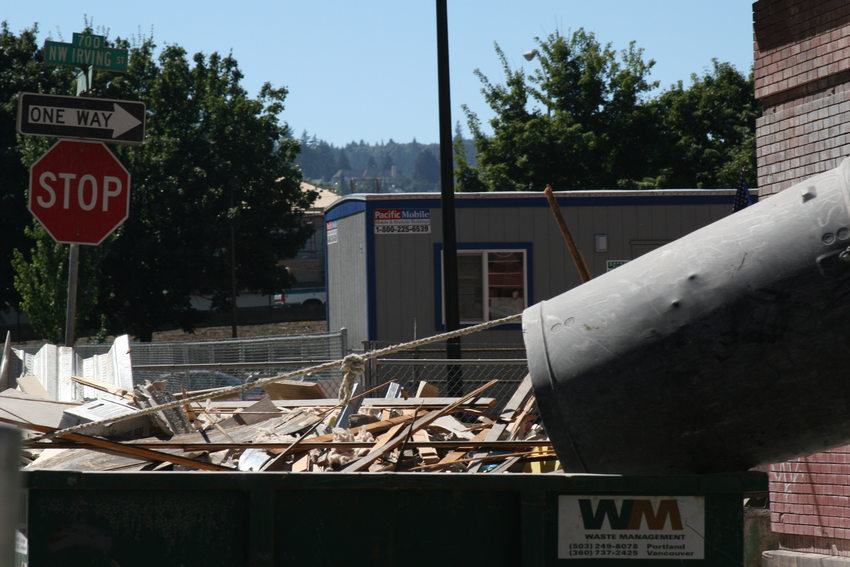Hazardous waste comes in on workers' clothes and shoes
Boston University School of Medicine
A range of work and home-related factors, such as not having a work locker or a place to launder work clothes, can impact the level of toxic metal concentrations that workers track from their worksites to their home.
Take-home
exposures -- toxic contaminants that are unintentionally brought from the
workplace into the home, exposing children and other family members -- are a
documented public health hazard, but the majority of research and interventions
have focused on take-home exposure to lead. Much less is known about take-home
exposures to other harmful metals.
Now,
a new study led by a Boston University School of Public Health (BUSPH)
researcher provides evidence that construction workers, in particular, are at
high risk of inadvertently tracking a host of other toxic metals into their
homes. The study identifies and measures the highest number of metals -- 30 --
in construction workers' homes, to date.
Published in the journal Environmental Research, the findings reveal that, in addition to lead, construction workers had higher levels of arsenic, chromium, copper, manganese, nickel, and tin dust in their homes, compared to workers in janitorial and auto repair occupations. The study also found that overlapping sociodemographic, work, and home-related factors can affect metal concentrations in the dust of workers' homes.
This
new data underscores the need for more proactive and preventative measures that
reduce these harmful exposures at construction sites.
"Given
the lack of policies and trainings in place to stop this contamination in
high-exposure workplaces such as construction sites, it is inevitable that
these toxic metals will migrate to the homes, families, and communities of
exposed workers," says study lead and corresponding author Dr. Diana
Ceballos, an assistant professor of environmental health and director of the
Exposure Biology Research Laboratory at BUSPH. "Many professions are
exposed to toxic metals at work, but construction workers have a more difficult
job implementing safe practices when leaving the worksite because of the type
of transient outdoor environments where they work, and the lack of training on
these topics."
To better understand the sources and predictors of take-home exposure of metals dust, Ceballos and colleagues from BUSPH and Harvard T.H. Chan School of Public Health recruited 27 Greater Boston workers to participate in this pilot study from 2018-2019, focusing primarily on construction workers, but also including janitorial and auto repair workers.
To assess the metal concentrations in
workers' homes, the researchers visited the homes and collected dust vacuum
samples, issued questionnaires to the workers about work and home-related
practices that could affect exposure, and made other home observations.
The
researchers found that higher concentrations of cadmium, chromium, copper,
manganese, and nickel were associated with a range of sociodemographic and
work- and home-related factors, including lower education, working in
construction, not having a work locker to store clothes, mixing work and
personal items, not having a place to launder clothes, not washing hands after
work, and not changing clothes after work.
Further
compounding the issue, Ceballos says, is that many construction workers live in
disadvantages communities or substandard housing that may already contain toxic
metals.
"Given
the complexity of these issues, we need interventions on all fronts -- not only
policies, but also resources and education for these families," she says.
